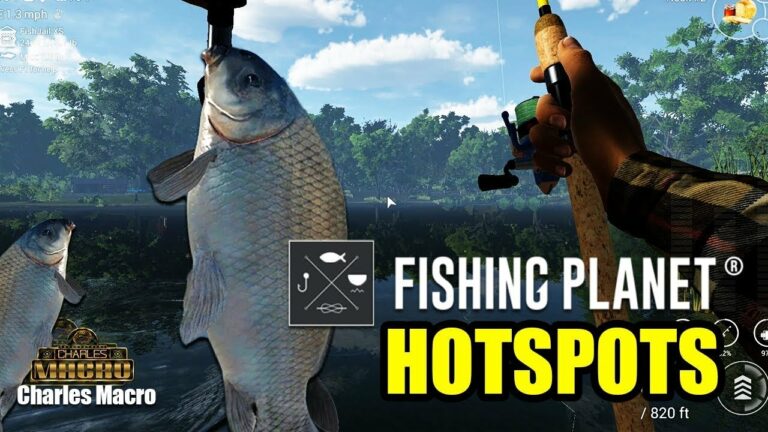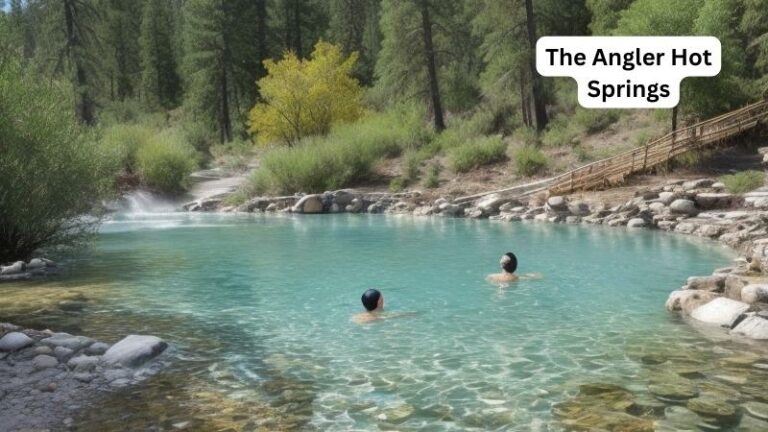How Weather Conditions Impact Tarpon Fishing (Full Guide)
Today we discuss How Weather Conditions Impact Tarpon Fishing. Tarpon fishing is a thrilling and challenging sport that attracts anglers from all around the world. These large, powerful fish are known for their acrobatic jumps and strong fighting ability, making them a favorite target for anglers seeking an adrenaline rush.
However, one factor that can greatly influence the success of a tarpon fishing trip is the weather conditions. In this comprehensive guide, we will explore how different weather elements impact tarpon behavior and provide valuable insights to help you plan your next fishing adventure.
How Weather Conditions Impact Tarpon Fishing:
Understanding Tarpon Behavior:
Before diving into the specific impact of weather conditions, it’s important to have a basic understanding of tarpon behavior.
Tarpons are known to be highly migratory fish that inhabit both coastal and offshore waters.
They are sensitive to environmental changes and exhibit certain behaviors based on various factors such as water temperature, tides, and food availability.
By understanding tarpon behavior patterns, anglers can better predict their movements and increase their chances of a successful catch.
The Role of Temperature:
Temperature plays a crucial role in tarpon fishing. Tarpon are warm-water fish that thrive in temperatures ranging from 75°F to 85°F (24°C to 29°C).
When the water temperature falls below this range, tarpon becomes less active and tends to move to deeper, warmer waters.
On the other hand, when the water temperature rises above their preferred range, tarpon may become more sluggish and seek refuge in shaded areas or deeper pockets.
The Effect of Wind:
Wind is another significant factor that impacts tarpon fishing. Wind affects the water movement and the angler’s ability to control their presentation.
In general, a light breeze can be beneficial as it creates small ripples on the surface, which can help camouflage the angler’s presence and make the bait or lure appear more natural.
However, excessive wind can create choppy conditions, making it difficult for tarpon to spot and strike at bait. Additionally, strong winds can create muddy or murky water, reducing visibility and making it harder for tarpon to locate prey.
Tides and Currents:
Tides and currents have a profound influence on tarpon behavior. These fish are known to follow the tide and move with the current to maximize their feeding opportunities.
During a rising tide, tarpon tend to move closer to the shorelines or structures like jetties and bridges, as they anticipate an influx of food being brought in by the current.
Conversely, during a falling tide, tarpon may move towards deeper channels or offshore areas in search of food that gets swept away by the receding current.
Understanding the tide charts and planning your fishing trips accordingly can significantly increase your chances of encountering active tarpon.
Barometric Pressure and Weather Patterns:
Barometric pressure, also known as atmospheric pressure, is another crucial aspect to consider when targeting tarpon. Changes in barometric pressure can affect the behavior of these fish.
A rapid pressure drop often precedes a weather front, such as a storm or a cold front. Tarpons have been observed to become more active and feed aggressively before these weather events.
Therefore, many anglers believe that fishing before a front can be highly productive. However, during and after a front, when the barometric pressure stabilizes, tarpon may become more sluggish and less likely to strike at the bait.
Cloud Cover and Sunlight:
Cloud cover and sunlight also impact tarpon fishing in different ways. On bright sunny days, tarpons tend to seek shade and cover to escape direct sunlight. They may move into deeper waters or under structures like docks or bridges.
During these conditions, casting your bait or lure close to shaded areas can increase your chances of attracting a tarpon.
On the other hand, on cloudy or overcast days, tarpon may be more active and willing to venture into shallower waters.
The reduced sunlight intensity can make them feel more comfortable and less vulnerable to predators.
Best Time of Day for Tarpon Fishing:
While there is no definitive answer to the best time of day for tarpon fishing, certain periods tend to be more productive than others.
Many experienced anglers recommend fishing during the early morning or late evening hours when the water is cooler and tarpon is often more active.
During these times, there is usually less boat traffic and human activity, which can help minimize disturbance and increase your chances of hooking a trophy-sized tarpon.
Tips for Fishing in Various Weather Conditions
- Hot Summer Days: When fishing on hot summer days, consider targeting early morning or late evening hours when water temperatures are cooler. Look for shaded areas or structures where tarpon may seek refuge from the heat.
- Windy Days: On windy days, focus on sheltered areas such as coves or bays where the wind’s impact is minimized. Use heavier lures or baits that can withstand wind resistance and cast against the wind for better accuracy.
- Pre-Frontal Conditions: Before a front, take advantage of the increased activity levels of tarpon by fishing near areas with strong currents or baitfish concentrations. Experiment with different retrieval speeds to find what triggers their feeding response.
- Post-Frontal Conditions: After a front passes through, tarpon may become less active. Slow down your presentations and use natural-looking baits or lures to entice hesitant fish.
- Cloudy Days: On cloudy days, try using brightly colored lures or baits that stand out in low-light conditions. Focus on shallow areas where tarpon may be more willing to venture out for food.
Safety Precautions:
While weather conditions can greatly impact tarpon fishing, it’s essential to prioritize safety when planning your trips.
Always check weather forecasts before heading out and be prepared for unexpected changes in conditions. Avoid fishing during severe storms or lightning activity as it can be dangerous.
Additionally, ensure you have proper safety equipment such as life jackets and communication devices in case of emergencies.
Conclusion:
Weather conditions play a significant role in tarpon fishing success. By understanding how temperature, wind, tides, barometric pressure, cloud cover, and sunlight influence tarpon behavior, anglers can make informed decisions when planning their trips. Remember that while certain weather conditions may be more favorable than others, tarpon can still be caught under various circumstances with proper techniques and strategies. Stay adaptable, patient, and always prioritize safety for an enjoyable and successful tarpon fishing experience.

